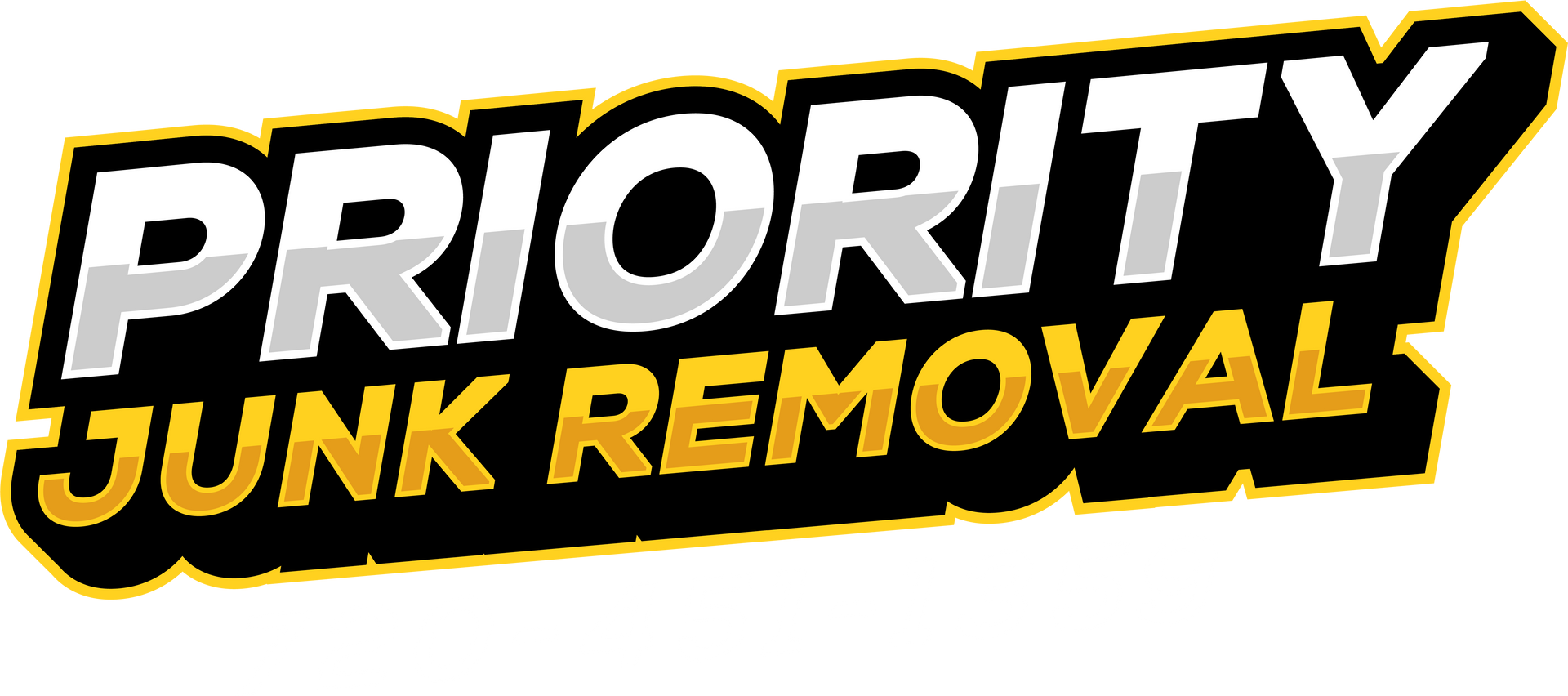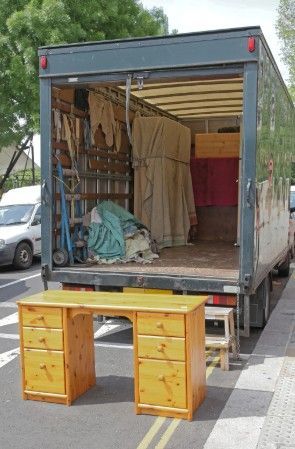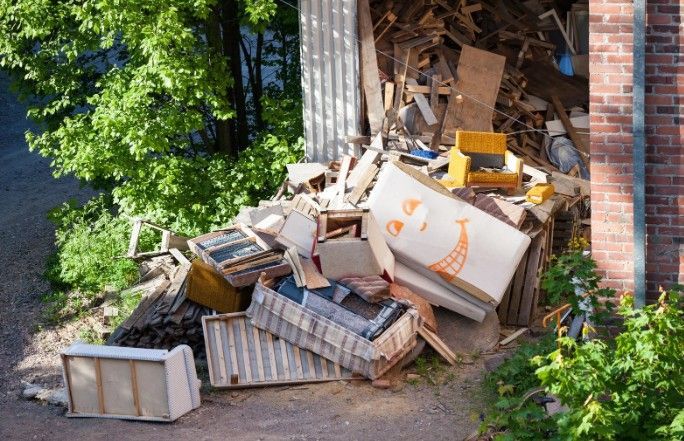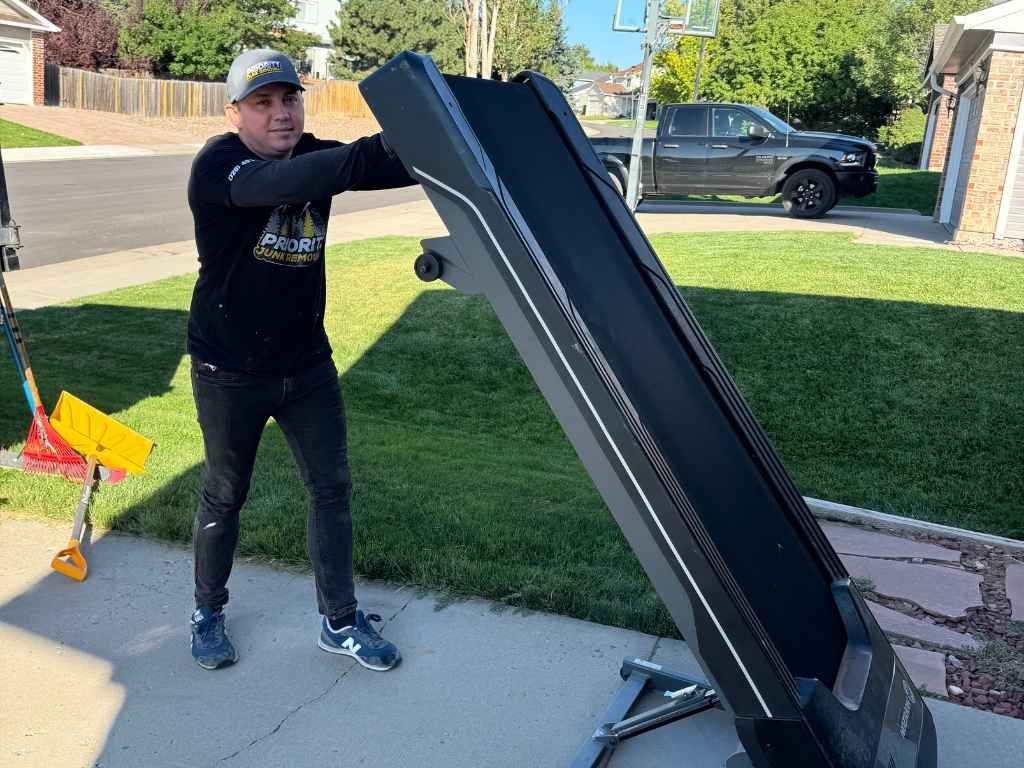What to Expect During a Hoarder Cleanout Service
Hoarder cleanouts are not your average decluttering job — they require a specialized touch, a lot of patience, and a deep understanding of the emotional weight behind the clutter. If you or a loved one are facing the daunting task of tackling a hoarding situation, you’re probably wondering what the process looks like. Hoarding isn’t just about excess stuff — it’s a complex issue tied to emotional and psychological patterns. That’s why a professional cleanout service is so essential. Knowing what to expect can help ease some of the anxiety and give you the confidence to take the first step.
Initial Assessment and Planning
The first step in any hoarder cleanout is the assessment phase. A professional team will visit the site to evaluate the extent of the clutter and create a customized plan of action. This isn’t a one-size-fits-all scenario — every hoarding case is unique, so the plan will be tailored to the specific needs of the property and the individual involved. Expect the team to take notes, snap some pictures (if permitted), and assess potential hazards such as mold, pests, structural damage, and biohazards. It’s not just about clearing the space — it’s about making sure it’s safe and livable when the job is done.
The team will likely ask questions about which items are sentimental, what needs to stay, and if any valuables or important documents need to be located. Transparency during this phase helps the crew understand what matters most and how to approach the cleanout with care. Once the assessment is complete, the team will map out a strategy. This includes establishing zones (keep, donate, recycle, discard), determining the level of manpower needed, and setting a timeline. In some cases, the team may need to arrange for dumpsters or special disposal services if hazardous materials or excessive waste are involved.
Preparing for the Cleanout
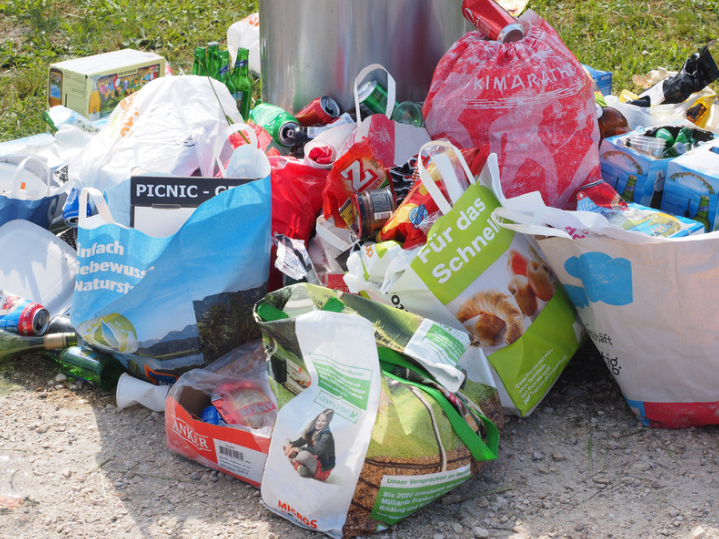
Preparation is key to a smooth hoarder cleanout. The cleanout crew will likely arrive with all the necessary equipment — heavy-duty gloves, protective suits, masks, cleaning supplies, and organizational tools. If the situation involves biohazards (like mold or animal waste), specialized gear may be required to ensure safety. Before any items are removed, the team will typically clear pathways to allow for easy access and movement throughout the space. They may also cover floors and walls to prevent damage during the process.
If items are piled up dangerously high, stabilizing structures might be put in place to avoid accidental collapses. Safety is always the priority. The team will establish a systematic approach, often working room by room or section by section. This method prevents the job from becoming overwhelming and helps track progress. The goal isn’t to rush but to work efficiently while respecting the emotional weight behind the items being handled.
Sorting and Organizing
This is where the heavy lifting begins — both literally and emotionally. Sorting through a hoarder's belongings can be challenging because of the deep emotional connections often attached to items. Professional teams are trained to handle this with sensitivity.
Items are typically divided into four categories:
- Keep – Hold onto items that have personal value, sentimental significance, or are still functional and useful. These could include family heirlooms, essential tools, or everyday household items. Keeping these ensures you have what you need and cherish most.
- Donate – Give away items in good condition that you no longer need but could benefit others. Clothing, furniture, and kitchenware are common donations. Donating not only helps someone else but also clears up space in your home.
- Recycle – Properly dispose of damaged items that contain recyclable materials like glass, metal, paper, and plastic. Electronics and batteries can often be recycled at special facilities. Recycling reduces waste and helps protect the environment.
- Discard – Get rid of items that are broken, expired, or unsafe to use. This includes food past its expiration date, damaged appliances, and hazardous materials. Proper disposal prevents safety hazards and keeps your space clean and organized.
Professional teams understand that what seems like trash to one person may hold immense sentimental value to another. That’s why they consult with the homeowner or family members throughout the process. If decisions become too emotionally taxing, they may suggest taking a break or focusing on less sensitive areas before circling back.
Removal and Disposal
This is where professional hoarder cleanout services truly shine. Most teams have partnerships with local donation centers, recycling facilities, and waste management companies, allowing them to handle large-scale disposal efficiently. Expect to see large trucks or dumpsters arriving to haul away the discarded items. Hazardous materials will be handled according to local disposal regulations, and anything suitable for donation will be delivered to the appropriate charity.
This step often provides a sense of relief — seeing the clutter physically leave the property signals real progress. The team will work carefully to prevent damage to the property during the removal process. Heavy furniture will be lifted with care, and fragile items will be wrapped or boxed to prevent breakage. If structural damage is discovered during the cleanout, the team may recommend additional repairs or services to restore the space fully.
Deep Cleaning and Sanitization
Once the clutter is gone, the next step is to restore cleanliness and safety to the space. Hoarding situations often lead to mold growth, pest infestations, and accumulated dust and grime. Professional teams come equipped with industrial-grade cleaning supplies to tackle even the toughest messes. This phase may involve:
- Deep carpet and floor cleaning
- Mold remediation
- Pest control treatments
- Deodorizing and air purification
- Wall and ceiling scrubbing
In cases of extreme hoarding, damaged flooring, drywall, or fixtures may need to be replaced. While this isn’t always part of the cleanout service, the team can often recommend trusted local contractors to handle any repair work. Sanitizing the space helps eliminate lingering odors and health risks, making it possible to reclaim the home as a livable environment.
Emotional Support and Sensitivity
Hoarding cleanouts are as much an emotional process as they are a physical one. It’s not unusual for feelings of anxiety, shame, or guilt to surface during the cleanout, which is why professional teams are trained to handle these emotions with empathy and patience. They understand that hoarding isn’t simply about clutter — it’s often tied to deeper emotional struggles like trauma, grief, or mental health issues. Professional cleanout teams take a compassionate approach, working at a pace that feels comfortable for the homeowner.
They might suggest setting aside sentimental items or gradually letting go of possessions to ease the emotional burden. Encouraging the homeowner to focus on the positive outcomes, such as a cleaner and healthier living space, can make the process feel less overwhelming. In some cases, they may even recommend working with a therapist or joining a support group to address the underlying causes of hoarding. The goal isn’t just to remove clutter — it’s to help the individual heal and move forward with renewed confidence and peace of mind.
Post-Cleanout Follow-Up
The work doesn’t necessarily end once the last item is removed. Many professional hoarding cleanup services offer follow-up care to ensure the progress made during the cleanout is maintained over time. This might include periodic check-ins to assess how the space is being maintained, providing guidance on staying organized, and recommending professional organizers or mental health support if needed. Establishing new habits is key to preventing the return of clutter.
The cleanout team may suggest practical strategies like using labeled storage bins, setting up regular donation pickups, and creating simple daily or weekly cleaning routines. Providing this type of ongoing support increases the chances of long-term success and helps the homeowner feel more confident in managing their space. Additionally, the team may offer emotional support, recognizing that adjusting to a newly organized environment can feel strange at first.
Transforming the Space — and the Mindset
A successful hoarding cleanout isn’t just about reclaiming physical space — it’s about restoring peace of mind. Living in a cluttered, chaotic environment can be mentally and emotionally exhausting, contributing to feelings of stress, anxiety, and even depression. When the clutter is cleared and the space is transformed into a clean, organized environment, it creates a sense of calm and control that can be truly life-changing.
Professional cleanout teams understand that this transformation is both physical and emotional. They take care to involve the homeowner in the process, encouraging them to visualize how they want their space to look and feel. This shift in perspective helps the homeowner take ownership of their space and feel empowered to maintain it. A clutter-free environment can also lead to improved sleep, better focus, and increased productivity. Most importantly, it gives the homeowner a fresh start — a chance to let go of the past and create a healthier, more balanced future.
Conclusion
If you’re ready to tackle a hoarding situation, Priority Junk Removal is here to provide the support and expertise you need. Located at 6091 South Spotswood Street, Littleton, Colorado 80120, Priority Junk Removal specializes in professional, compassionate hoarder cleanout services designed to help you reclaim your space and restore peace of mind. Hoarding can be overwhelming, both physically and emotionally, but you don’t have to face it alone.
Their experienced team handles every step of the process with care and discretion, ensuring your home is cleared efficiently and respectfully. Give them a call at 720-451-1359 or email them at priorityjunkremoval@gmail.com to schedule a consultation today. Let the experts handle the heavy lifting — you deserve a fresh start and a clutter-free home.
